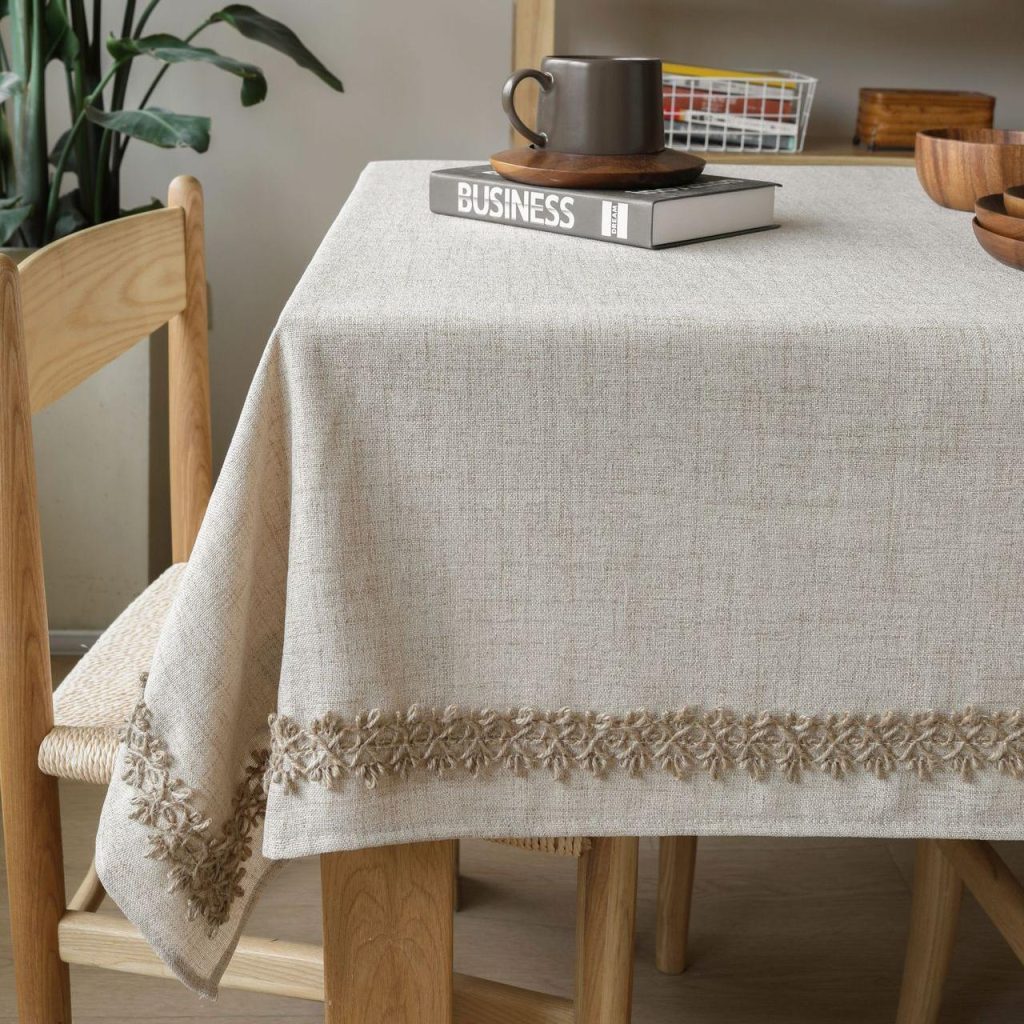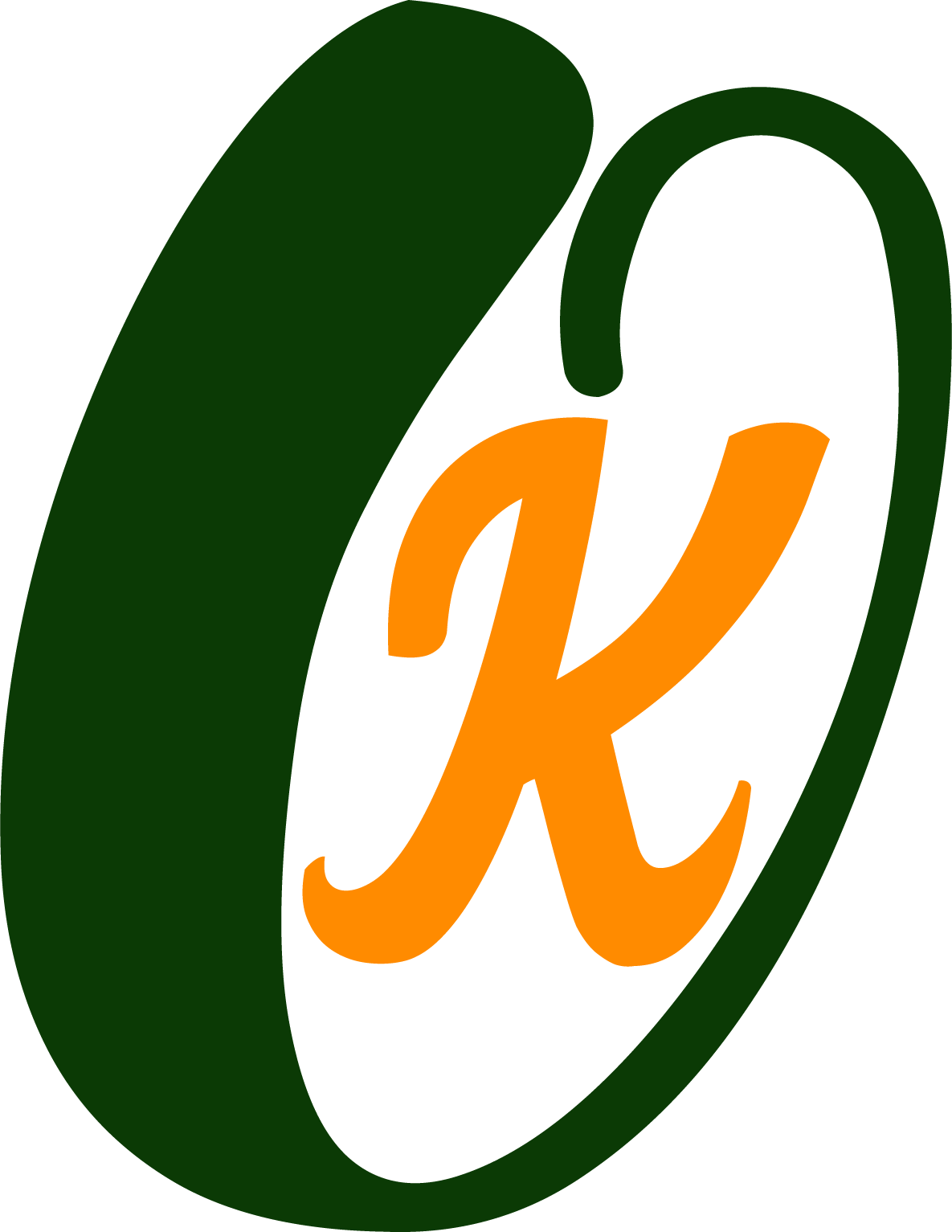How to Measure a Table for a Tablecloth: A Vintage-Inspired Guide to a Perfect Fit

Last summer, my aunt inherited a beautiful 1950s oak dining table from her grandmother—a solid, oval-shaped piece with carved legs and a rich patina that told decades of stories. Wanting to preserve its charm, she decided to find the perfect vintage table linens to match its elegance.
At a flea market, she stumbled across a stunning 1960s floral cloth tablecloth—lace-trimmed, soft with age, and clearly made to impress. She rushed home, eager to see it in place. But once it was spread out, her heart sank.
It didn’t fit.
The cloth left a good six inches of wood exposed around the edges. Worse, it was square—and that clashed awkwardly with her oval table.
“I should’ve measured first,” she sighed, carefully folding it back into storage.
That’s how we both learned an important lesson: measuring your table before choosing a cloth—especially when it comes to vintage table cloths—is essential. So if you’re shopping for vintage table linens for sale or looking to dress your dining room with character, here’s a guide to getting the perfect fit.
🪑 Step 1: Know Your Table’s Shape
Before you even grab a measuring tape, identify the shape of your table. This helps narrow your choices and ensures the cloth complements the table’s silhouette.
- Round Tables: Measured by diameter. Great for vintage table toppers with scalloped or embroidered edges.
- Square/Rectangle Tables: Measure length and width. These are common shapes for vintage table cloths with retro prints or lace borders.
- Oval Tables: Longer than they are wide with rounded ends. These need specifically shaped cloths—like the one my aunt eventually found.
- Irregular Tables: Hexagonal or asymmetrical? You may need a custom cloth or go with an oversized rectangle for full coverage.
📏 Step 2: Take the Right Measurements
Time to break out the tape measure! Here’s how to do it correctly:
- Rectangle/Square: Measure the length and width.
- Round: Measure the diameter from edge to edge through the center.
- Oval: Measure the longest point (length) and the widest point (width) across the center.
💡 Pro Tip: Measure twice! My aunt originally thought her table was 70 inches long. Turned out, it was 72 inches. Those two inches made all the difference.
📐 Step 3: Decide the “Drop” (How Much Should Hang?)
The drop is how far the cloth should hang over the edges. It adds both comfort and style—and in the case of vintage cloths, it helps show off intricate patterns.
- Casual Everyday Use: 6–8 inches
- Formal Dining: 10–12 inches (my aunt chose this!)
- Special Events or Photoshoots: 15+ inches for a dramatic effect
Her grandmother always preferred a 10-inch drop—“enough to hide the crumbs, not enough to trip over,” she used to say.
🧮 Step 4: Do the Math for the Perfect Size
Now calculate the proper cloth size. Use this simple formula:
For Square/Rectangle Tables:
Table size + (Drop x 2) = Tablecloth size
Example:
60″ × 36″ table + 10″ drop
→ Cloth should be 80″ × 56″
For Round Tables:
Diameter + (Drop x 2) = Tablecloth diameter
Example:
48″ table + 8″ drop
→ Cloth should be 64″ diameter
For Oval Tables:
Same formula as rectangle—add double the drop to length and width.
My aunt’s 72″ x 42″ oval table with a 10-inch drop needed a 92″ × 62″ oval cloth.
🛒 Step 5: Shopping Smart for Vintage Table Linens
Armed with her measurements, my aunt went back to the flea market—but this time, she passed on anything too small, no matter how pretty.
Eventually, she found the one: a cream 1950s vintage table cloth, delicately embroidered with roses and sized just right.
She laid it out and smiled. “Grandma would’ve approved.”
The cloth didn’t just fit. It felt like it belonged.
🌼 Final Tips for Vintage Tablecloth Sizing
- Old Tables Aren’t Perfect: Measure at several spots; choose the largest.
- Pattern Placement Matters: You don’t want half a flower print hanging off the edge.
- Always Check Size Before You Buy: Especially when browsing vintage table linens for sale online. It’s easier to hem a cloth that’s too big than to fix one that’s too small.
✨ Why Measuring Matters
Measuring a table for a cloth might seem like a minor detail. But when you’re working with treasured heirlooms and delicate vintage table toppers, it makes all the difference.
Because in the end, a tablecloth isn’t just about covering a surface—it’s about preserving a story, a memory, a bit of the past.
So grab your tape measure. The perfect fit is waiting.

